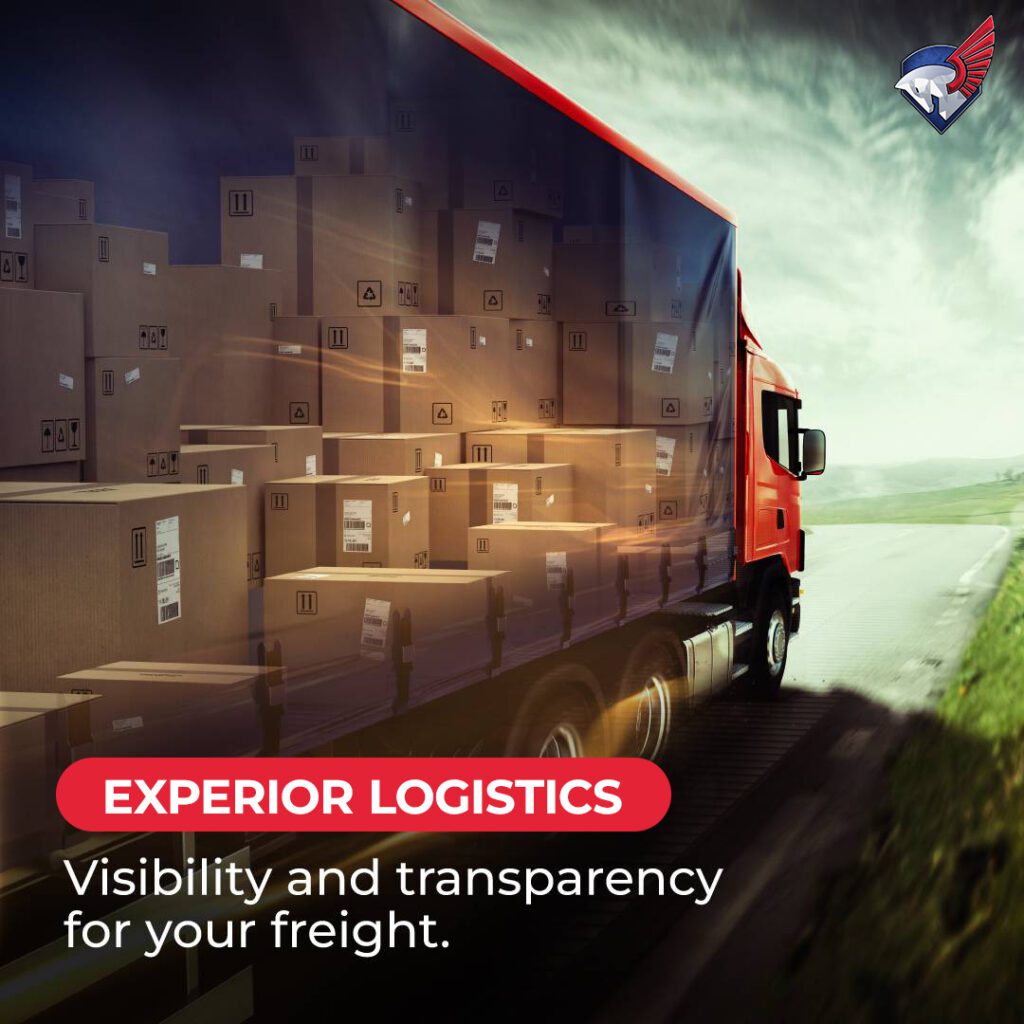How E-Commerce Growth Affects Logistics Strategies
During the first 10 months of 2023, online sales generated a staggering $100.1 billion nationwide. This growth of online shopping is transforming logistics strategies as consumers demand faster and more reliable deliveries. To meet these e-commerce needs, logistics companies and businesses within supply chains have had to develop new operational models. These are some ways e-commerce growth has affected logistics strategies.
Changing Consumer Expectations
Convenience is a benefit that consumers connect to online shopping. They expect to be able to purchase what they need quickly using their smartphones. More companies today offer fast delivery, real-time tracking, easy returns and other benefits. These perks have heightened consumer expectations across the board. To stay competitive, businesses must find ways to offer these services. This is where partnering with the right third-party logistics provider, one that knows how to exceed consumer expectations, is crucial.
Technological Advancements in Logistics
Today’s companies use advanced technologies to integrate artificial intelligence (AI), machine learning (ML) and the internet of things (IoT) to streamline their logistics operations. Additionally, big data analytics has changed the landscape of logistics. AI and ML can assist with route optimization, planning, demand forecasting, product availability and inventory optimization.
IoT devices also provide live visibility into products in transit. This helps reduce losses, improve efficiency and monitor movement. With big data analytics, businesses can obtain consumer behavior insights. Businesses can also optimize supply chain operations to make better decisions. Predictive analytics provides the benefits of improved planning and more accurate forecasting. By partnering with a 3PL provider that leverages these advancements, you’ll be better prepared for a growing market.
Last-Mile Delivery Challenges
One of the biggest challenges for logistics companies is last-mile delivery. It is often the most expensive and tedious part of shipping goods to consumers. There are several ways to address last-mile delivery challenges.
Micro-Fulfillment Centers
One of the most common solutions is using micro-fulfillment centers. They are strategically located near urban areas and boast quicker delivery times.
Crowdsourcing Platforms
Crowdsourcing platforms offer solutions for some companies. Postmates, Uber and other platforms allow gig workers to handle last-mile delivery on demand. This approach offers greater flexibility.
Omnichannel Fulfillment
Omnichannel fulfillment is another solution. Retailers use it to combine online and offline activities to create a simplified shopping experience. It can work in a variety of ways. For example, some customers may purchase a product online and pick it up in a store. It provides the immediacy that many consumers expect and guarantees that a product they want is available. This approach reduces shipping costs as well. Another approach is to ship from a store instead of a distribution center. This speeds up delivery time and improves inventory optimization efforts for some retailers.
Autonomous Delivery
Autonomous delivery is a logistics trend to watch in the coming years. Robots, drones and autonomous vehicles are being developed to improve last-mile delivery. Although there are regulatory challenges, these technologies can reduce costs and boost efficiency.
More Sustainable Materials and Practices
More deliveries increase the demand for shipping materials, which can negatively impact the environment. Both customers and retailers are becoming more conscientious about sustainable products and practices. Using eco-friendly packaging is important to reduce plastic waste.
Optimizing routes to save on fuel consumption and reduce emissions is also important, and AI and ML programs can assist with this. Many companies also use low-emission trucks or electric vehicles to reduce their carbon footprint. Of course, partnering with a 3PL provider that prioritizes eco-friendly materials and practices can also go a long way toward ensuring green practices.
Pandemic-Related Issues
Experiencing the operational and regulatory changes of the COVID-19 pandemic incentivized companies to improve their strategies. They quickly learned how important it was to have a robust approach. Because of regulations, more consumers stayed at home, which increased the volume of online orders. This placed more pressure on logistics companies to meet demands.
With that experience in mind, e-commerce businesses can plan for similar challenges in the future. Understanding the need for greater agility and adaptability can also benefit your company. Investing in technology and infrastructure is a good goal to adopt. Although the pandemic is an event of the past, the trend of online shopping is here to stay.
Be Prepared for Growth
The influx of e-commerce transactions will continue to affect logistics strategies in the future. It is important to create a plan that encompasses all the factors discussed earlier. When you can use innovation to adapt to changes, you may hold a competitive advantage.
At Experior, we aim to help your business grow by providing complete logistics solutions. We prioritize staying on top of changes in the logistics field and have advanced technology and user-friendly interfaces to help your business thrive. From packaging and branding to assembly to warehousing and inventory management to order fulfillment and transportation management, you can rely on us to help you deliver an excellent experience to your e-commerce customers every time. To learn more about innovative logistics solutions, contact our team at Experior.





